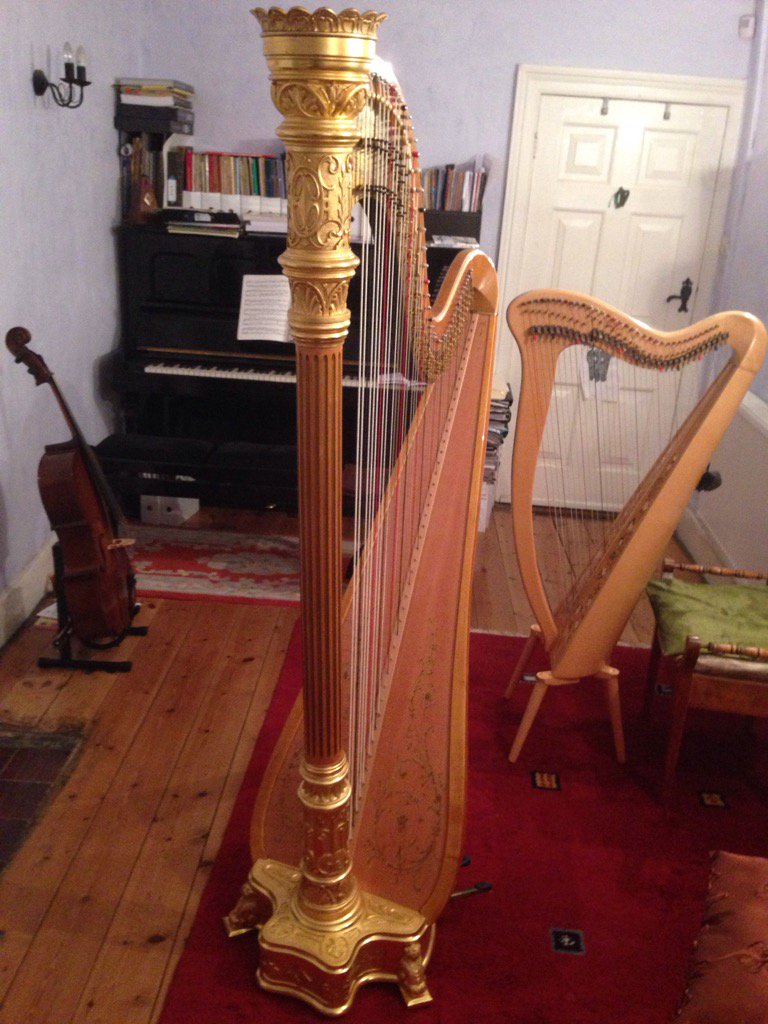

As dignified as a cello or piano may be, each appeared and sounded plain next to Meijer’s Seussian device.

Her Lyon & Healy was more than six feet tall, with fleurs-de-lis carved into its intricate crown-topped column. At a Philip Glass concert last summer, I saw him perform on piano alongside cellist Matt Haimovitz and harpist Lavinia Meijer. Placing a harp in a chamber trio is like asking Shaquille O’Neal to officiate at your wedding: The effect is stunning, but it can be terribly unfair to the couple with whom it shares the stage. Much of a concert grand’s unmistakable tone owes to its massive size. The harp is a lonely instrument - there are no harp sections in orchestras - but it doesn’t shy away from its stature. For comparison’s sake, the Statue of Liberty was assembled from 350, and she can’t even play music. A concert grand harp consists of approximately 2,000 parts. Almost everything is done by hand, and some harps take more than a year to manufacture. In fact, most of what goes on inside the West Town factory involves little machinery. Each harp will be handled by 35 people - out of 120 woodworkers, gilders, and artists on staff - in the course of its construction. Once you come to learn of the craftsmanship involved, it’s no wonder these instruments are considered works of art. That the Metropolitan Museum of Art in New York has three in its permanent collection.Įach harp will be handled by 35 people – woodworkers, gilders, artists – in the course of its construction. That John Coltrane was so enamored he bought one. Or consider that members of some of the world’s greatest orchestras, including the Chicago Symphony Orchestra and Berlin Philharmonic, to name just two, play them.

That alone is probably not scintillating enough to compel you to pull the emergency brake to get a better view, but keep in mind that someone will eventually pay many thousands of dollars - in some cases, more than $100,000 - for just one of the instruments being crafted inside. You can peer through the second-floor window of a brick building and see workers shaping columns of wood on a lathe.

If you take the Green Line from downtown, look west just before you reach the Ashland stop.


 0 kommentar(er)
0 kommentar(er)
